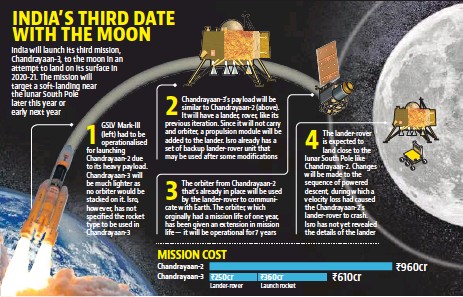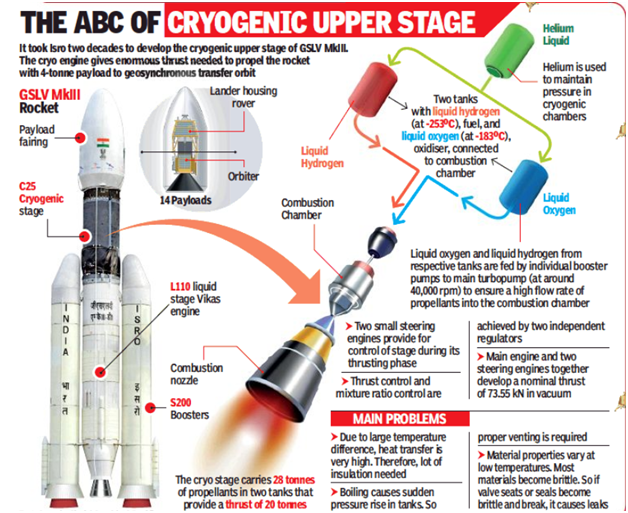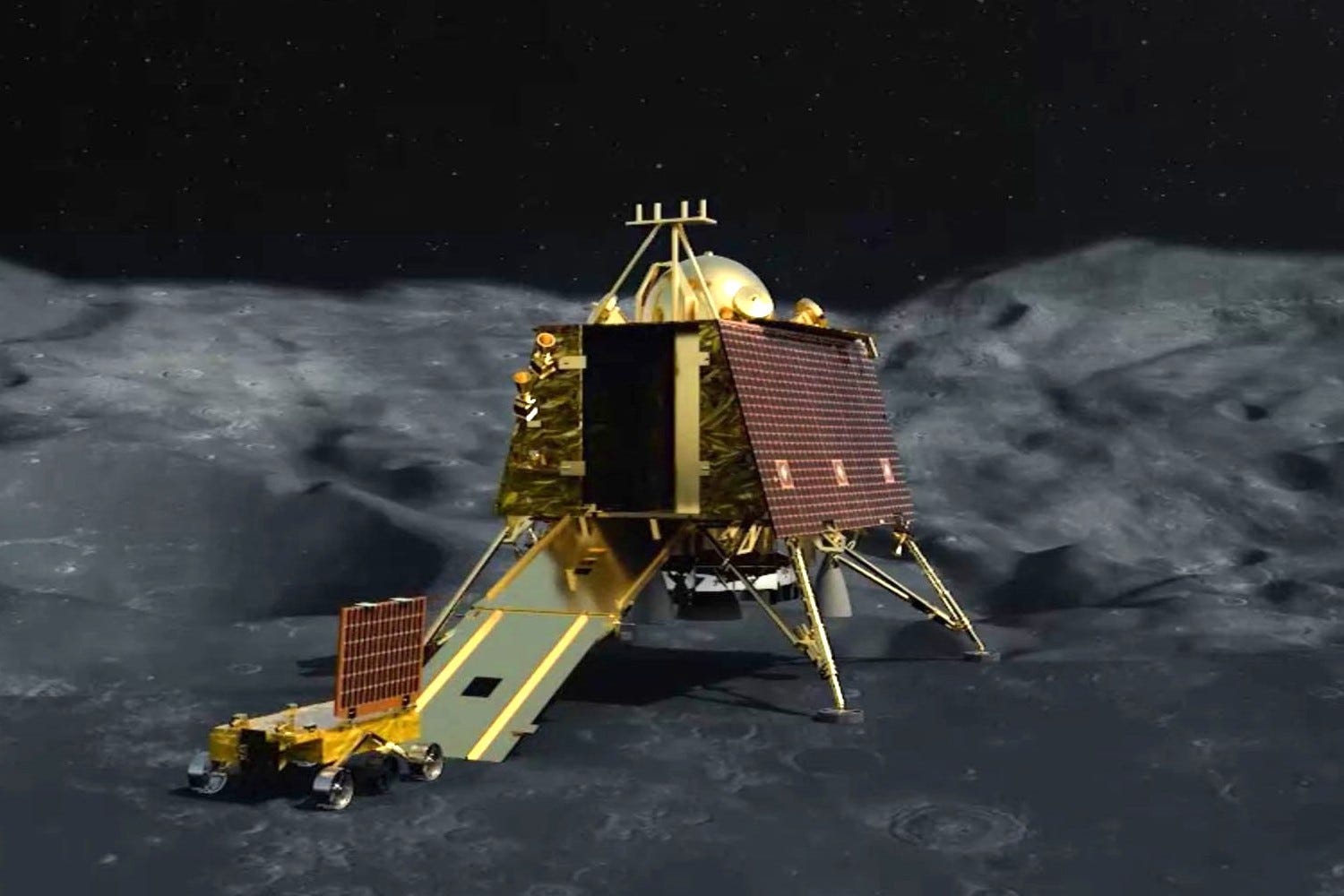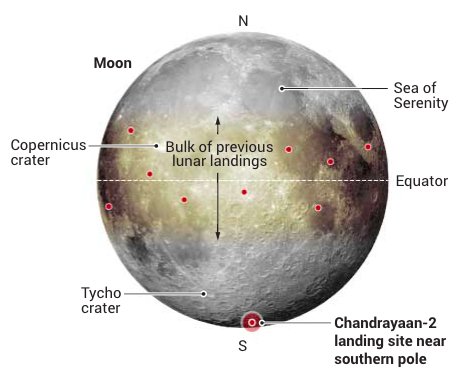Launch of the Chandrayaan-3 mission was originally scheduled for the third quarter of 2022. However, there has been more delay in the mission. In June of 2019, the Indian Space Research Organisation (Isro) will send a third mission to the Moon. A more powerful lunar rover will be on the upcoming Chandrayaan-3 mission, which will launch from India in 2024, according to the agency’s chairman, S. Somnath. This mission is vital for planned future interplanetary explorations.
The scheduled liftoff of Chandrayaan-3 is August 2024. ISRO, India’s space agency, is aiming to launch its third trip to the moon in June of 2024.
 Source: The HT
Source: The HT
What is Chandrayaan 3?
The Indian Space Research Organisation has planned the third lunar exploration mission, called Chandrayaan 3. (ISRO). Indian Space Research Organisation (ISRO) designed this spacecraft to showcase India’s soft landing expertise on a celestial body. It will only have a lander and rover and will use Chandrayaan 2‘s orbiter to talk to Earth. This lofty objective involves several different setups, as well as integration and awareness. In addition, the spaceship still needs to undergo a battery of other, more in-depth tests before it can be fully evaluated.
 Source: Ensemble IAS
Source: Ensemble IAS
A Brief History of the Chandrayaan-3 Mission
 Source: Drishti IAS
Source: Drishti IAS
The orbiter, rover, and lander of the Chandrayaan 2 spacecraft were all planned and built by ISRO. This spacecraft was launched atop the powerful geosynchronous launch vehicle GSLV-Mk 3.
The mission of the rover Pragyaan to the Moon was hindered by the lander Vikram’s botched soft landing. In order to prove that India had the landing skills necessary for the Lunar Polar Exploration Expedition, they set out on yet another mission.
In 2024, the two countries will work together on a mission to the lunar south pole. Japan will supply both a rover and a rocket, with India contributing a lander.
Chandrayaan 3 Spacecraft Specifications
The spacecraft Chandrayaan 3 will launch with a lander and rover on board. No orbiter similar to Chandrayaan 2 will be a part of it.
India wants to study the lunar surface, particularly the dark regions that haven’t seen sunlight in a very long time. Astronomers and scientists believe these shadowy regions of the Moon contain ice and large amounts of minerals. It is expected that the subsurface and the exosphere will also be investigated as part of this expedition. This rover’s communications with Earth will be relayed by a Chandrayaan 2 orbiter. To conduct its research, it will orbit the moon at a distance of 100 kilometres.
Modelling the Chandrayaan-3 Spacecraft
ISRO’s Chandrayaan 3 will have four engines that can be throttled to touchdown on the moon. In addition, a Laser Doppler Velocimeter will be included in its arsenal (LDV). Source: Jatan”s Space
Source: Jatan”s Space
The Role of Lunar Exploration in Science:
The Moon is the most accessible celestial body for Earthlings to use as a proving ground for interplanetary exploration. It’s also a promising celestial body for mapping and understanding the universe beyond Earth. Inspiring the next generation of scientists and encouraging collaboration across borders are all positive outcomes of this policy.
Additionally, it links the modern world to the ancient solar system and earth.
Spacecraft Chandrayaan 3 has good reason to head for the moon’s south pole.
The bigger dark patches around the southern pole of the Moon make it a more attractive target for Chandrayaan 3. A permanent supply of water may exist at these locations on the lunar surface, according to scientists.
 Source: Quora
Source: Quora
As an added bonus, the craters found at the south pole are of great interest to the scientific community. They propose that the cryptic fossil records of the early planetary system could be stored in these cold traps. Multiple Indian Space Research Organisation research projects were hampered by the COVID-19 epidemic and its subsequent periods of shutdown (ISRO). Similarly to Chandrayaan 3, India’s first human space project, Gaganyaan, has been postponed.
The first unmanned flight of Gaganyaan would follow two abort flights to test ISRO’s ability to rescue the crew in the event of an emergency.In trans-sonic settings, when the spacecraft is moving faster than the speed of sound and would reach an altitude of 10-15 km, the first abort mission is scheduled to be carried out. Space agencies may be able to show off their crew rescue techniques during the second abort mission, which will take place at twice the speed of sound and in “not so ideal” aerodynamic conditions.













